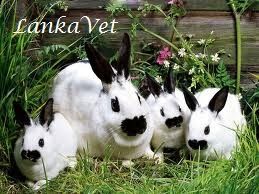 Rabbits are prolific and will breed year round in
well-managed rabbitries. Female rabbit is known as Does, which is known to
kindle (give birth) up to 23 young at one time. The average is eight. Rabbits
usually have 4 to 5 litters per year. With proper management, rabbits can be
kindled more intensively. The young are ready for market at 4 to 5 pounds. With
proper care and feeding, they will be 8 weeks old or less at this stage.
Rabbits
have an efficient feed conversion ratio, which is the amount of feed consumed
per pound of gain. A doe can produce up to 10 times its own weight, or more, in
offspring per year.
Rabbits are prolific and will breed year round in
well-managed rabbitries. Female rabbit is known as Does, which is known to
kindle (give birth) up to 23 young at one time. The average is eight. Rabbits
usually have 4 to 5 litters per year. With proper management, rabbits can be
kindled more intensively. The young are ready for market at 4 to 5 pounds. With
proper care and feeding, they will be 8 weeks old or less at this stage.
Rabbits
have an efficient feed conversion ratio, which is the amount of feed consumed
per pound of gain. A doe can produce up to 10 times its own weight, or more, in
offspring per year.
Common Breeds of Rabbit
- New Zealnd White
- Flemish Giant
- Californian White
- Belgium Red
- American Chinchilla
- Himalayan
Breeding
The
doe should always be taken to the male’s hutch for breeding. If she does not
mate within a few minutes, she should be removed and returned later. Does may show
a false pregnancy following unsuccessful mating. This false pregnancy lasts 17
days, and the doe will not breed during this period. For this reason, most
commercial breeders will generally rebreed the doe on the 18th day.
Generally, small breeds mature earlier than larger ones. Polish
can usually be bred at 4 months; medium weight rabbits at 6 to 7 months; and
giants at 9 to 12 months. Many commercial breeders, however, begin breeding
successfully
at 5 months.
Kindling
The normal
gestation period is 31 days and the doe will usually eat less 2 or 3 days
before kindling. The nest box should be placed in the hutch on the 28th to 29th
day. The nest box is kept out of the hutch until this time to avoid
contamination by the doe.
Most litters
will be kindled at night, and the doe should not be disturbed while kindling.
If the doe is not given seclusion, she will destroy the litter. After the
litter is kindled, the doe pulls more fur from her body to make a nest. This plucking
of fur is in no way harmful, except the doe’s immediate
appearance. Many
breeders will keep several nest boxes with clean fur for first litter does and
other does that do not pull enough to make a good nest.
The average
litter size is 8, but it can range all the way from 4 to 14 or more. Since the
average doe is equipped to nurse approximately 8 young, it is a common practice
to breed several does at the same time, and then transfer young from the large
litters to the small ones 2 or 3 days after kindling to even out the milk
supply.
Diarrhea: This disease is often referred to as bloat, scours, mucoid
enteritis or diarrhea. It accounts for a high percentage of death in young
rabbits. Greatest mortality occurs in age groups 5 to 9 weeks, just before or
after weaning. The disease does not
confer immunity and its cause is unknown.
This disease is often referred to as bloat, scours, mucoid
enteritis or diarrhea. It accounts for a high percentage of death in young
rabbits. Greatest mortality occurs in age groups 5 to 9 weeks, just before or
after weaning. The disease does not
confer immunity and its cause is unknown.
Tapeworm Infestation:
Slobbers:
Sore Hocks:
Sore Eyes: 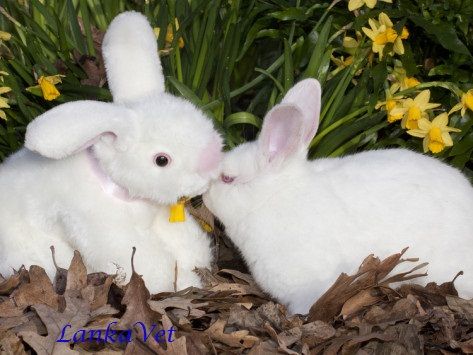 Infected animals have a watery, milky discharge around the eyes
due to a vitamin A deficiency, infection or injury.
Infected animals have a watery, milky discharge around the eyes
due to a vitamin A deficiency, infection or injury.
Vent Disease:
 This disease is often referred to as bloat, scours, mucoid
enteritis or diarrhea. It accounts for a high percentage of death in young
rabbits. Greatest mortality occurs in age groups 5 to 9 weeks, just before or
after weaning. The disease does not
confer immunity and its cause is unknown.
This disease is often referred to as bloat, scours, mucoid
enteritis or diarrhea. It accounts for a high percentage of death in young
rabbits. Greatest mortality occurs in age groups 5 to 9 weeks, just before or
after weaning. The disease does not
confer immunity and its cause is unknown. Infected animals have a watery, milky discharge around the eyes
due to a vitamin A deficiency, infection or injury.
Infected animals have a watery, milky discharge around the eyes
due to a vitamin A deficiency, infection or injury.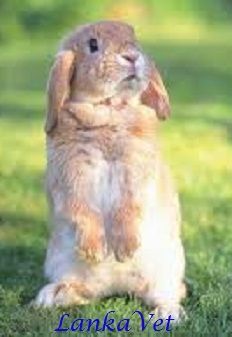
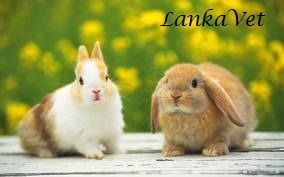
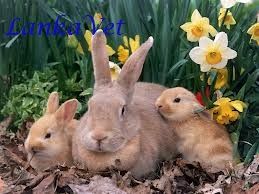
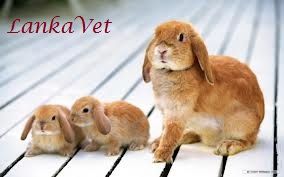
No comments:
Post a Comment